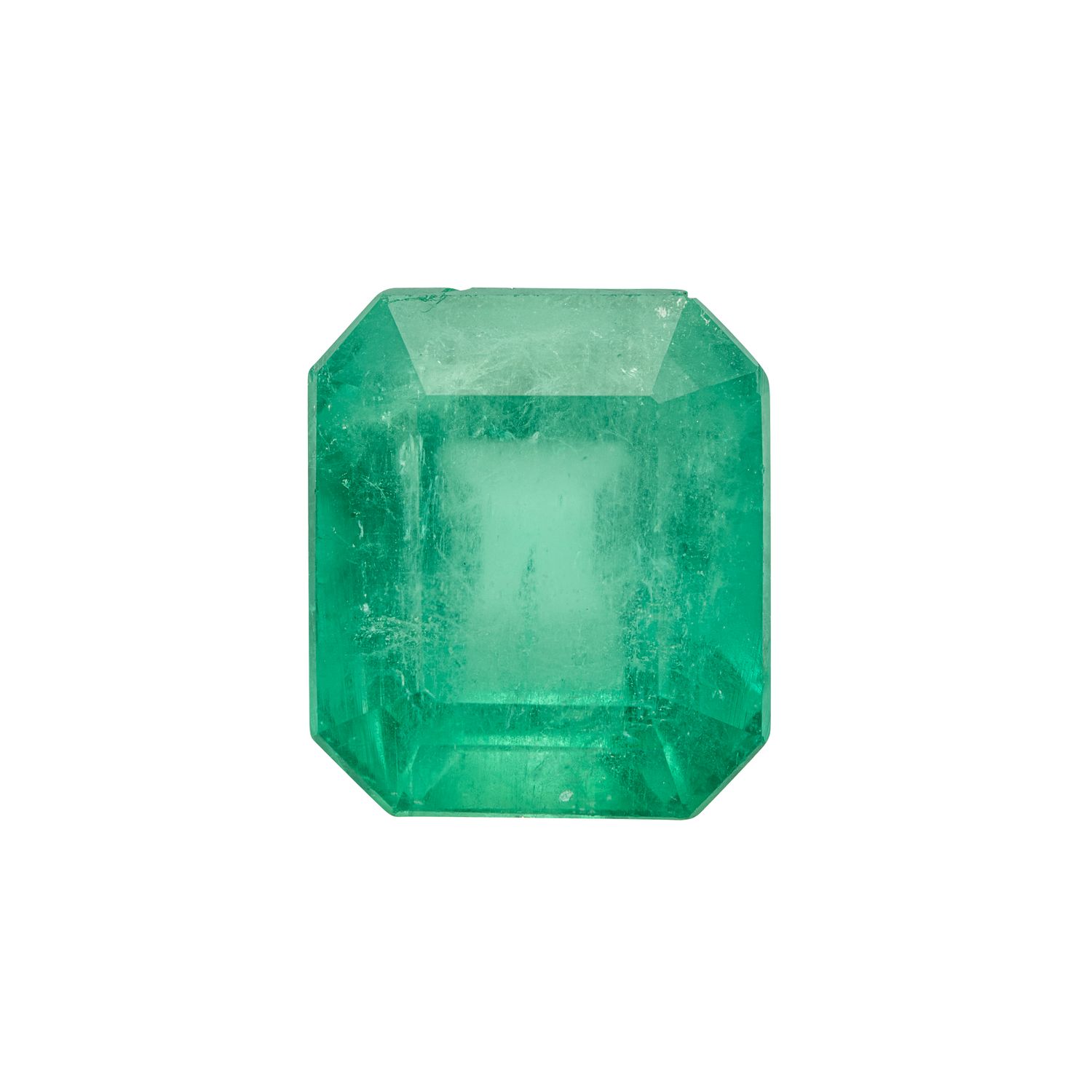*30% OFF on Wholesale Orders Over $1000!* *SHOP WHOLESALE NOW*
Emerald 7,32 CT Rectangular 11.6x10.1
$4,706.00
Product Details
TYPE OF STONE: Esmeralda
Emerald is a captivating green variety of the mineral beryl, a gemstone composed of aluminum, beryllium, and silicon. Its signature green color, which can range from light to dark shades, is due to the presence of chromium and vanadium during its crystalline formation. As one of the four traditional gemstones—alongside diamond, ruby, and sapphire—emerald has been cherished for centuries for its beauty and rarity.
The value of an emerald is heavily influenced by the intensity and vibrancy of its color, with the most vivid and deep green tones generally being the most prized. However, color is not the only factor that determines an emerald's worth. These gemstones are also evaluated based on clarity, cut, and carat weight. Clarity refers to the presence of inclusions, or "jardin," within the stone, which are common in emeralds and can add to their character. The cut of the emerald is crucial for maximizing its color and brilliance, while carat weight contributes to the stone's overall size and value.
Emeralds are more than just beautiful stones; they are symbols of luxury and timeless elegance. Whether showcased in fine jewelry or admired as a standalone piece, emeralds continue to captivate with their rich, green hues and the natural wonder of their formation.
In stock: 1 available
Save this product for later
Emerald 7,32 CT Rectangular 11.6x10.1
Display prices in:USD

